| BUKIDNON PROVINCE, PHILIPPINES Pineapple Capital Of The World BRIEF DESCRIPTION Bukidnon is a highland paradise in the heart of Mindanao. It is home to the world's biggest pineapple plantation boasting a classic golf course dating back to 1928. It is the biggest cattle-producing province in the region. It is well endowed with natural attractions like the Kitanglad Ranges that includes Dulang Dulang, the second highest peak in the country. And it has been identified as one of the country’s richest in biodiversity and endemic species of flora and fauna. Bukidnon is in the heartland of Mindanao, linking Davao to the south and Misamis Oriental to the north of the island. HISTORY Bukidnon became a part of the province of Misamis as a municipality in 1850. It was then called Malay-balay (few houses), and its people, Bukidnon (mountain people). The Philippine Commission headed by Commissionner Dean C. Worcester, Secretary of Interior, proposed the separation of Bukidnon from Misamis in August 20, 1907. Phil. Com. Act 1963 was enacted, which created Bukidnon as a sub-province. It became a regular province on September 1, 1914, and was officially created as the Province of Bukidnon on March 10, 1917. The tribes of Bukidnon are indigenous and their names are derived from the watershed that they occupy. Each tribe is ruled by a Datu, or Chieftain, whose duty it is to settle disputes and give judgment whenever the tribe’s unwritten laws, called ""Batasan,"" are violated. Bukidnons have different degrees of acculturation. The first degree Bukidnons are those leading the most traditional lifestyle. This includes those who live remote from any center lowlander habitation, deep in the forest and along the watershed of the main rivers. The second degree Bukidnons live near the fringes and directly within the bounds of lowlanders. The third degree Bukidnons are highly assimilated and generally able to send their children off to school. The fourth degree Bukidnons have fully assimilated the ways of urban living and hardly acknowledge the old ways of their background. The fifth degree Bukidnons are largely recent immigrants from other parts of the Philippine Archipelago who have made Bukidnon as their permanent home. GEOGRAPHY Bukidnon, a rich tableland, is a landlocked province in Northern Mindanao. It occupies the extensive plateau that is bounded on the north and the northeast by Misamis Oriental; on the east by Agusan; on the south and southeast by Davao; and on the southwest and west by Lanao and Cotabato. It lies between the parrallels 7'25' and 8'38' north latitude and meridians 124'16' east longtitude. Topography is predominantly a rolling tableland of grass with an average elevation of 915 meters. Low plains alternating with rolling uplands, deep canyons and valleys characterize the terrain. POLITICAL SUBDIVISION The province has a total of 464 barangays distributed among 21 municipalities and one component city. Malaybalay is the capital town. The province is grouped into 3 congressional districts. POPULATION Total population is 1,060,275 LANGUAGE/DIALECT The province has different dialects brought by the immigration of lowlanders that come from the different islands of the archipelago. Cebuano is spoken by 77.9% of the population; Binukid, by 8.9%; and English, by 0.05%. CLIMATE Bukidnon is relatively cool and moist throughout the year. There are two prevailing types of climate variations: the northern part has no pronounced maximum rain period, with a short dry season lasting only for one to three months, while the southern part has no pronounced maximum rain period and no dry season. The province is outside the the typhoon belt. The mean annual temperature is 24.04°C with maximum and minimum temperature of 29.6°C and 18.5°C, respectively. The annual average rainfall is 2,581.84m. INDUSTRIES Bukidnon is an agricultural economy. It is a major producer of rice, corn, sugar coffee, rubber, pineapple, tomato, flowers, cassava, and other fruits and vegetables. It is also a major producer of chicken, hogs, and cattle. Among its major corporations, Del Monte Phils Inc. is engaged in pineapple production and cattle fattening while Bukidnon Sugar Milling Corp. and Crystal Sugar Milling are into sugar milling and refining. How to Get There There are no direct fllights to Bukidnon from Manila. Philippine airlines has 3 daily flights from Manila to Cagayan de Oro City and one daily flight from Cebu. Bukidnon is 2 hours away by land from Cagayan de Oro City and 12 hours by sea from Cebu. Local Bus companies in Cagayan de Oro, such as the Bachelor Express, Tomawis, and many others, service this route. |
Source: Link

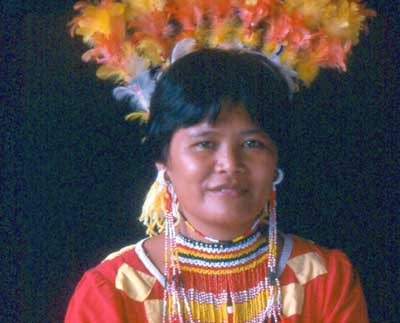
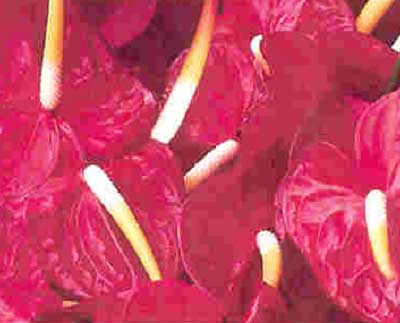
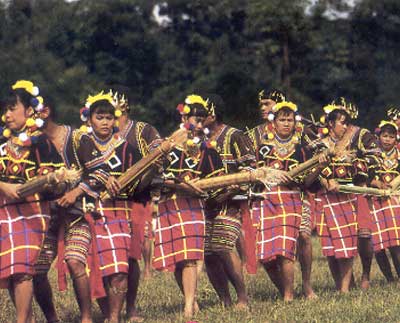
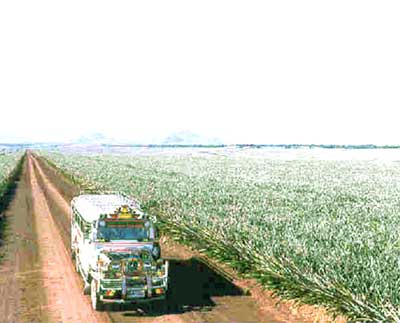
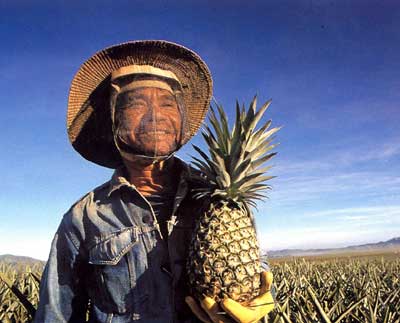
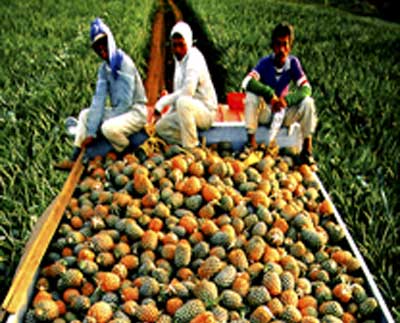
No comments:
Post a Comment